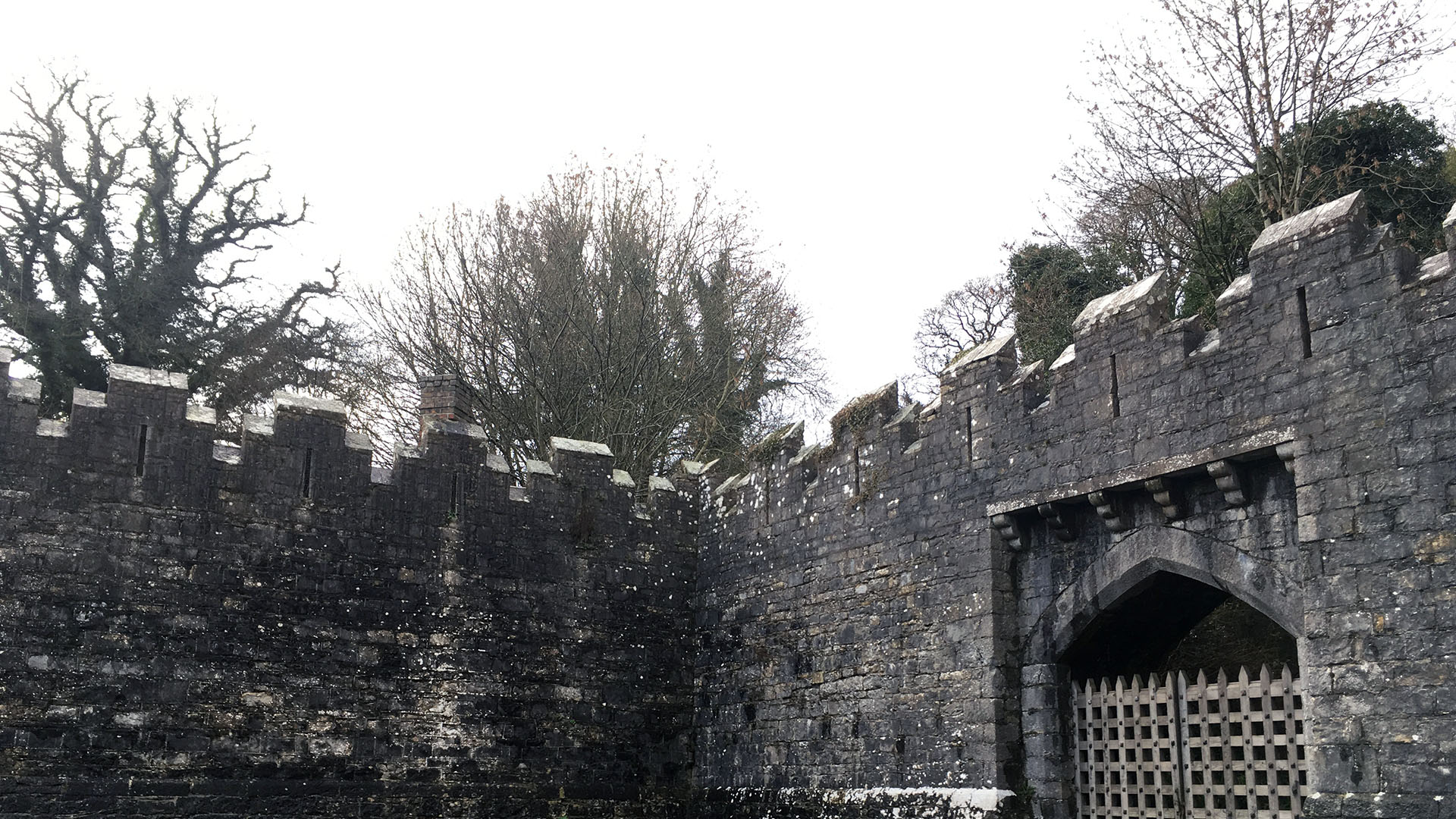Northern Ireland was the location of the first rounds fired in Europe by the United States Army. The honour fell to B Battery, 151st Field Artillery Battalion, 34th Infantry Division. The town of Coleraine, Co. Londonderry would be the source of the battery's final round.
On 26th January 1942, Private First Class Milburn H. Henke descended a gangplank from a British tender in Belfast. The United States Army had officially joined the Second World War and entered the European Theatre of Operations.
34th “Red Bull” Infantry Division trained in Northern Ireland before embarking to front lines in Europe and North Africa. It was the Minnesota National Guard of 34th Infantry Division who fired the first American artillery shots at German forces. That date was 19th November 1942 when B Battery, 175th Field Artillery Battalion fired rounds at Medjez-El-Bab, Tunisia.
Before firing a shell in the heat of battle, U.S. Army batteries fired many practice rounds in Northern Ireland. The honour of firing the first artillery in Europe went to B Battery, 151st Field Artillery Battalion, 34th Infantry Division.
Back Row: 1. William Brisley, 2. Lawrence Swanson, 3. Alfred Wilson, 4. John Anderson. Front Row: 1. Donald Reynolds, 2. Frank Ruebl, 3. Glenn Wishert, 4. Louis Dobbleman, 5. James O’Neil.
34th “Red Bull” Infantry Division departed for Europe in 3 distinct contingents in 1942. 151st Field Artillery Battalion was part of the 1st shipment, departing from New York at 0745hrs on 15th January 1942. On arriving in Belfast, they made their way onwards to Camp Bellarenam a country estate in Bellarena, Co. Londonderry. The nearest large town was Coleraine and it was there, the men of 151st Field Artillery Battalion socialised.
In training, the battalion used British 25-pound howitzers, having left their outdated 75mm field guns behind. The first shell fired was a practice on a firing range in the Sperrin Mountains, Co. Londonderry on 21st February 1942. The men of the battery kept hold out the shell casing from this historic occasion.
151st's Field Artillery Battalion in Ulster
Over time, 34th Infantry Division reorganised and units moved throughout Northern Ireland. In late May 1942, 151st Field Artillery Battalion moved from Camp Bellarena to Tynan Abbey, Tynan, Co. Armagh. While based at Tynan, Captain Eugene E. Surdyk travelled to Coleraine, Co. Londonderry bringing the shell casing from that first firing. There, he asked jeweller Dan Hall Christie to engrave the names of the 116 men and officers of B Battery. Surdyk promised to return to Coleraine to collect the finished article.
The Battalion moved to Castle Coole, Enniskillen, Co. Fermanagh that autumn as training intensified. On 14th December 1942, 151st Field Artillery Battalion was bound for North Africa as part of Operation Torch. The first stop was Oulton Park, Liverpool, England before their departure on Christmas Day.
As the Second World War progressed, the Battalion fought bravely. But, they never forgot that historic shell casing back in Northern Ireland. In 1961, Surdyk who was by then a Colonel in the Minnesota National Guard made a long journey back to Coleraine, Co. Londonderry.
There, he sought out the jeweller Christie. He had looked after what he referred to as “their trophy” for almost 20 years. Christie handed over the inscribed shell casing along with a bottle of aged malt Coleraine whisky. The following year, Surdyk wrote back to the Ulster jeweller telling him the whisky was now enclosed in the shell casing along with their guidon flag. There it would remain until only 3 members of the unit survived.
Then those three worthies will share the contents.
The shell casing, guidon, and whisky are now on display at the Minnesota Military Museum.
The practice of a “Last Man’s Club” dates back as far as the American Civil War. The last survivor of a unit would drink in honour of his fallen comrades. In 2007, Bob Martin, one of the last known survivors donated the casing to the museum. Crosses marked the names of those men who died over the years.
Some whisky had vanished from the bottle. According to Bob Martin, a damaged cork caused some to spill. According to those from the Last Man’s Club, the men consumed none of the fine Coleraine Whisky. Drinkers everywhere may like to raise a glass to those brave soldiers who fought through Europe and North Africa and briefly made their home in Northern Ireland.

